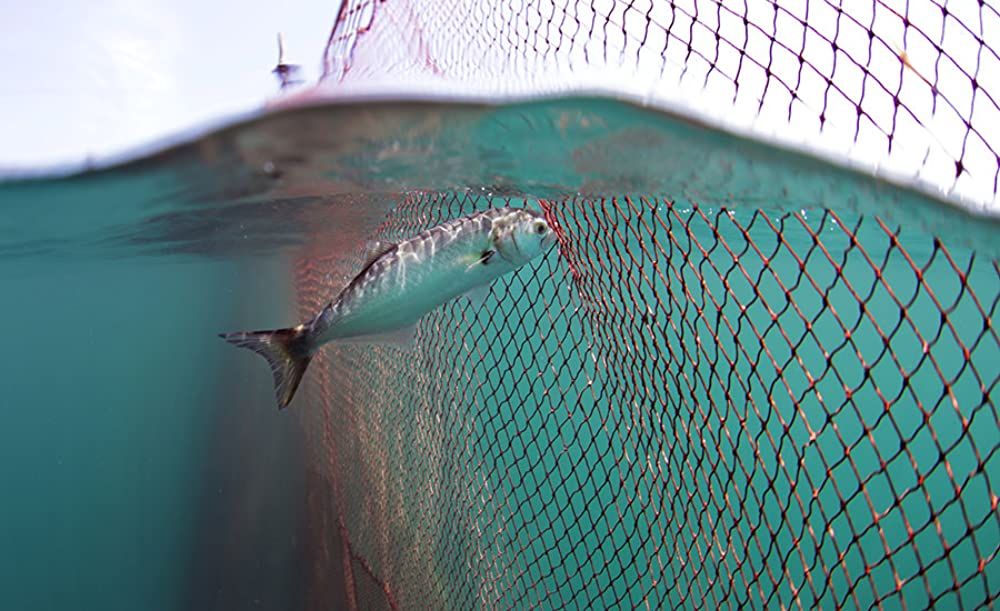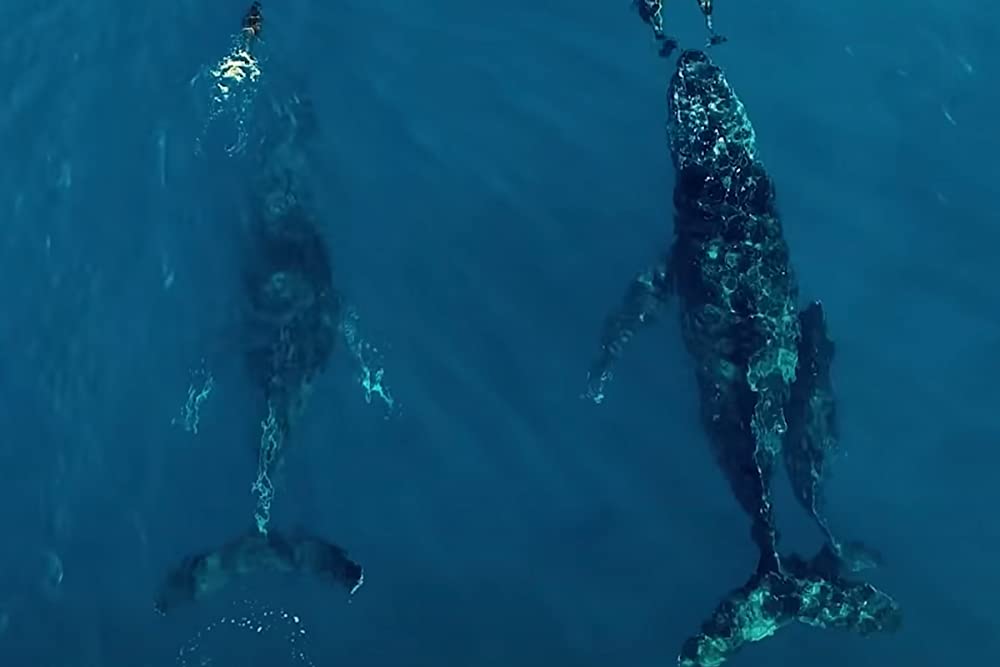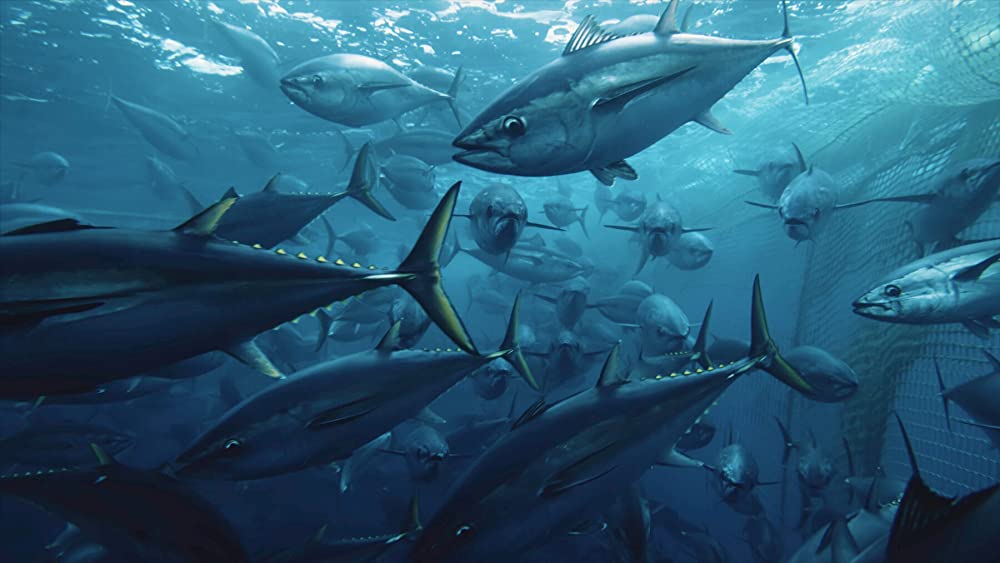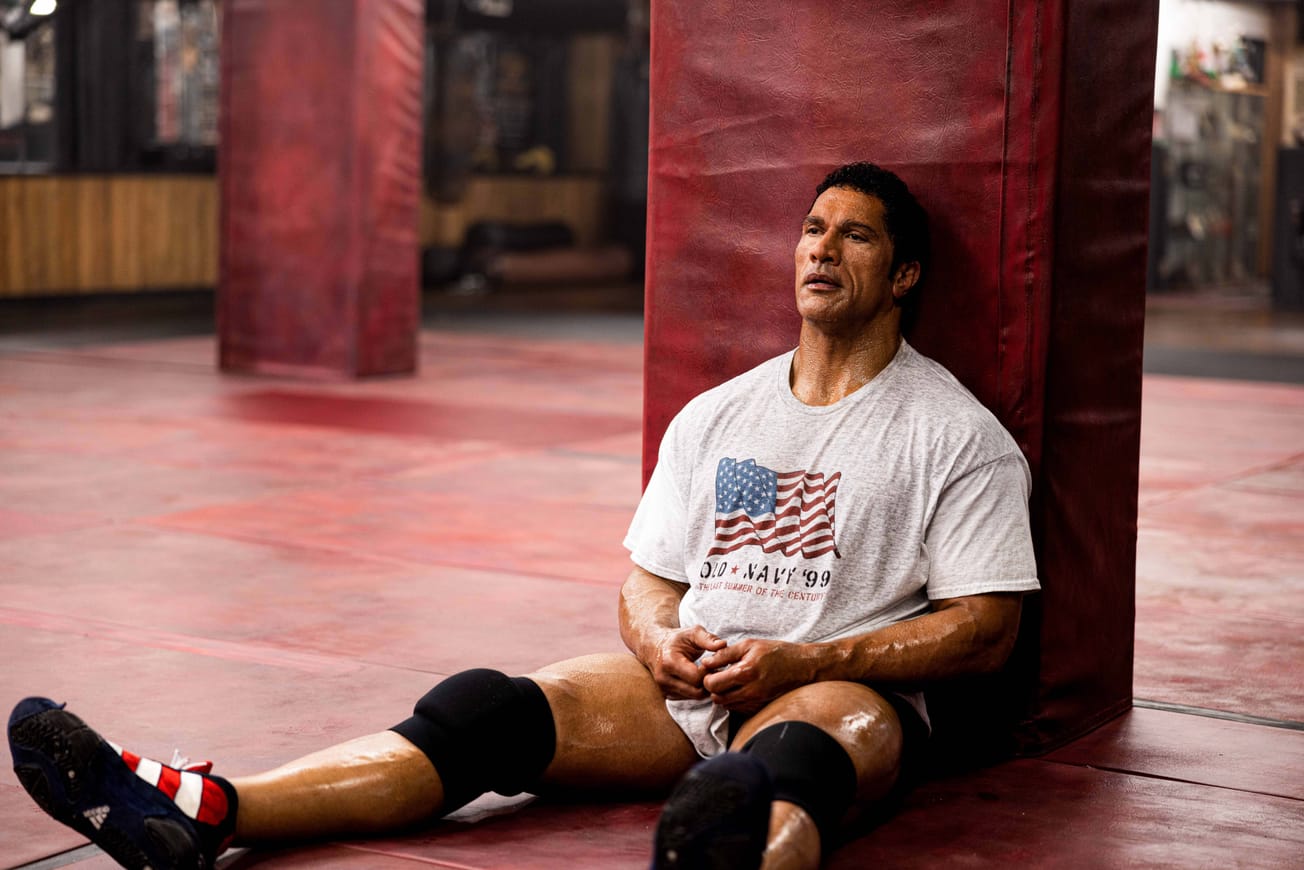By Jacques Picton, Second Year, Spanish and Portuguese
Since its release on 24 March, Seaspiracy has captured headlines across the world, divided opinions on Twitter and made fishing a talking point of any environmental discussion. The documentary follows filmmaker Ali Tabrizi on his journey to highlight the disturbing reality of commercial fishing and labours to expose the undesirable side of the industry.
The film challenges the idea of ‘sustainable fishing,’ shines a spotlight on the troubling reality of the aquaculture industry and introduces the notion of ‘blood shrimp’: seafood tainted with slave labour and human rights abuses. The film states if fishing at this level continues, the oceans will be empty by 2048.
The documentary opens with a story we know all too well: of whales and other sea animals being washed up on beaches, their stomachs filled with plastic. This isn’t a shock to anyone who has already watched Blue Planet, but Seaspiracy argues that the biggest plastic deposits are by-products of commercial fishing, making up 46 percent of plastics in the ocean.

Long-line fishing sets down enough lines to wrap around the planet 500 times each day. The issue of plastic straws has received much media attention, yet it only comprises 0.03 per cent of plastic entering the oceans. It also claims that while 1,000 turtles are killed by plastic in the oceans, 250,000 sea turtles are injured or killed as bycatch. Bycatch is the marine life that gets unintentionally caught when catching a target fish. Peter Hammarstedt, from Sea Shepherd, stated that ‘over 300,000 whales and dolphins are killed every single year as a bycatch of industrial fishing.’ I found this barrage of statistics shocking.
The film has sparked discussion surrounding the sustainable seafood movement and looks at the ‘dolphin safe’ and Marine Stewardship Council labels, which cannot guarantee the assurances consumers are looking for. Seaspiracy has received a backlash, unsurprisingly, from these organisations, who accuse the film of misrepresentation.
During an interview with Mark Palmer (from Earth Island Institute in charge of the ‘dolphin safe’ certification) admits: ‘nobody can guarantee the product is dolphin safe. Out there in the ocean, how do you know what they’re doing? We have observers on board but the observers can be bribed and are not out on a regular basis.’
However, Palmer is now arguing that the film took his comments out of context, recognising that whilst global fishing is out of control, they are much more aware of what is going on board ships than the film implies. Seaspiracy argues that these organisations are paid by the fishing industry, and therefore there is a financial incentive for them to give out as many labels as possible.

In addition to challenging labels such as ‘dolphin safe’ the film also asks if it is possible for fishing to be sustainable and suggests ‘sustainability’ is a term that is too vague and doesn’t guarantee anything. The documentary shows the option of farming fish is beset with problems such as disease, sealice, and faeces. Also farming requires large scale fishing in the ocean to manufacture the fish feed.
The environmentalist, George Monbiot, compares shrimp to ‘blood diamonds,’ saying that slavery is still used on boats. In an interview with former fishermen in Thailand, one claims they were kept on boats for years living in squalid conditions, facing death threats and being held at gunpoint. Another claimed the ship’s captain kept dead bodies of other sailors in the freezer on board. It is easy to cover up murder and slavery on boats as captains can report that their fishermen ‘drowned.’
The documentary then concludes that fish can also be bad for our health, as they contain large amounts of mercury and the benefits from eating fish such as omega 3 can easily be acquired from other sources.
What to watch when you're homesick
'Invincible' is a refreshing and diverse superhero series
The film has received its fair share of criticism, with many experts stating that there are ‘misleading claims.’ Some individuals claim that the filmmakers have tried to ‘grossly distort and mischaracterise’ some of the various organisations featured in the film. Critics also argue one of the most shocking statistics quoted in the film is inaccurate. The prediction that ‘the ocean will be empty by 2048’ included in the documentary was taken from a 2006 study, which has been refuted by its author.
However, Professor Callum Roberts, from the University of Exeter, disagreed with these critics, explaining that ‘it’s not been made for its scientific rigour, it has used the techniques of film storytelling to make its case. My colleagues may rue the statistics, but the basic thrust of it is we are doing a huge amount of damage to the ocean and that’s true. Whether it’s 2048 or 2079, the question is: “Is the trajectory in the wrong direction or the right direction?”’
Featured: IMDb
Have you seen Seaspiracy yet?









